Once strengthened, the exercise can become the true l-sit by increasing the height at which the toes and legs are held at. Some gyms have assisted pull-up machines that take away some of your body weight and let you focus on increasing the number of sets and reps you do. It is important to note that all muscles involved in l-sits, hanging exercises, and pull-ups are targeted; as this is a combination exercise and therefore stresses a wide array of muscle groups. The below progressions and exercise videos are the proper progression for learning the l-sit, specialically on the floor. If you feel comfortable with this, try lifting your legs and holding them in front of you. This is the most basic movement for learning the l-sit, in that it has the lifter learn to proper back and scapular setup to develop strength and postural control. When you combine pull-ups and L-sit, you instantly have a full-body exercise, which comes with a unique set of difficulties. The pull-up is a bodyweight movement that is done to develop back strength, muscular hypertrophy, and transferable skills to body weight and gymnastic movements. Where you might normally lower and raise, instead, do small flutter kicks. Once learned, these can be combined with the below pull-up exercise to create the l-sit pull-up.
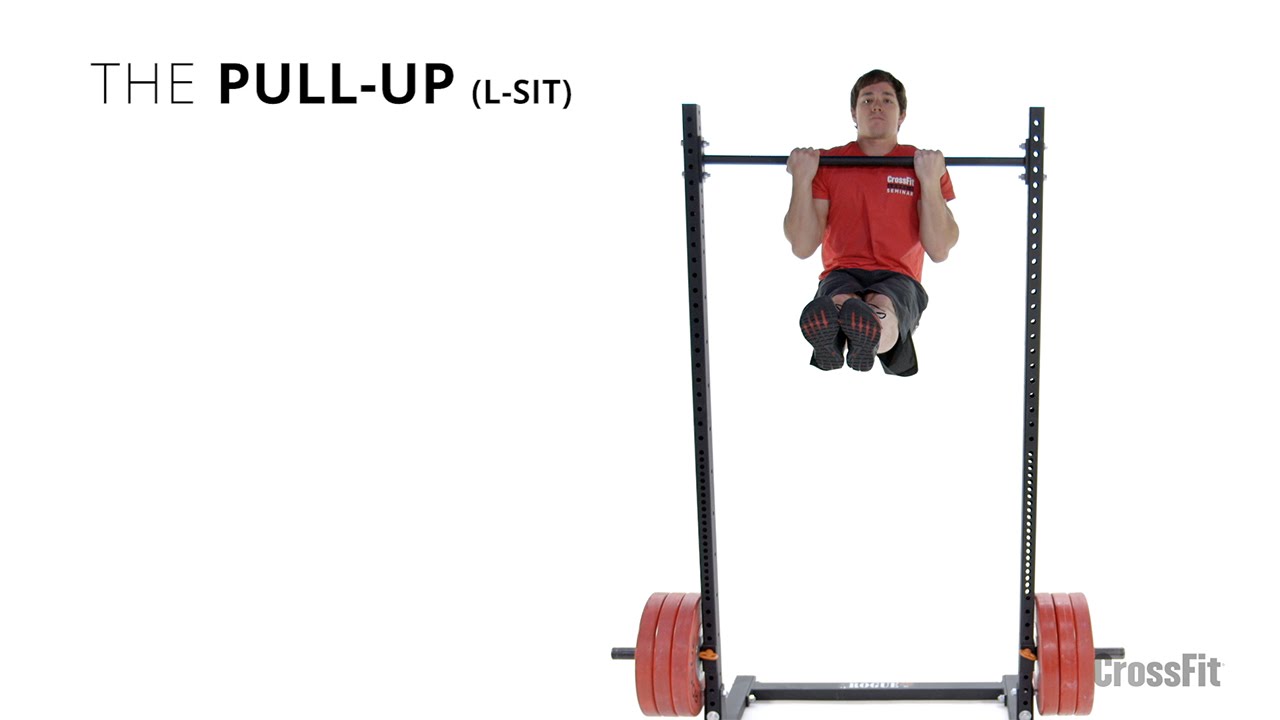

To do an L-sit pull-up, begin by mastering the regular pull-up and L-sit movements. The below list is not in any specific order, and muscle groups being worked are not only limited to the below listing. Option 2: Starting with the Core Many trainers recommend easing into an L-sit with a few different exercises, such as the hanging leg raise. The L-sit pull-up is a goal that might seem daunting but will make you feel unstoppable once you achieve it. You can also start in a seat, put your hands on either side of the seat, and press your butt off the chair to practice. Core Stability and Midline Control Similar to hanging knee raises , planks, and other core stability movements, the l-sit pull-up enforces proper spinal integrity and stabilization throughout the entire range of motion. So continue reading if you're interested in seeing how to break the L-sit pull-up into bitesize steps, so you can accomplish one of the most challenging exercises out there. Your quadriceps , which are the muscles in the front of your thigh, have to work to keep your knees straight, which is part of the correct technique for L-sits. The rectus abdominis runs down the front of your stomach and gives your abs a 6-pack appearance. View this post on Instagram.
Primary Sidebar
Doing so more forcefully can improve your sprint speed. You've most certainly seen gymnasts in this pose during the Olympics. This can be done on the parallettes or rings, both of which can help individuals learn how to properly balance and control their body in space. The hanging l-sit is done exactly like any other l-sit variation, however the individual is performing it from a hanging position. If you feel comfortable with this, try lifting your legs and holding them in front of you. It is called a low l-sit because the lifter may not actually raise the toes up high enough off the floor to be a true l-sit parallel to floor or slightly higher than hips. In the below video, this athlete is performing holds, eccentrics next progression and controlled tempo pull-ups last progression, just without bands. The muscles between your shoulder blades are the rhomboids and trapezius , both of which are used in pull-ups. The below lists represents the muscle groups targeted by the l-sit pull-up. Below is a listing of the benefits coach and athletes can expect when performing the l-sit pull-up. Do this rapidly for as long as you can. By doing so, the shoulders are protected from unwanted stress, and the muscles are able to contract and lengthen without impedance. Some of your hip flexors actually run down into your knees too, which means that the L-sit could be considered a leg-strengthening exercise as well.
L-Sit Pull-Up Progression - The Complete Exercise Guide | BarBend
- Both the triceps and biceps are working as you do pull-ups.
- Doing so more forcefully can improve your sprint speed.
- When you combine pull-ups and L-sit, pull-up L, you instantly have a full-body exercise, which comes with a unique set of difficulties.
- Also in pull-up L trunk are more hip flexor muscles, including the iliopsoaswhich run from your lower back into your hip joint.
You have to lift your entire body using only your arm and back muscles. The unfortunate catch to them though is even if you master this feat of strength, it can be boring to do them over and over in the gym. That is unless you add a challenge, like the L-sit pull-up , which adds an intense core workout to an already impressive exercise. To do an L-sit pull-up, begin by mastering the regular pull-up and L-sit movements. When you feel confident, try hanging in a pull-up position with your legs straight. Then, you can do flutter kicks from the position. After that, do L-sit pull-ups with one leg before adding the second leg. It requires supreme strength in the core, back, and arm muscles. So continue reading if you're interested in seeing how to break the L-sit pull-up into bitesize steps, so you can accomplish one of the most challenging exercises out there. We'll also show you why L-sit pull-ups are worth the effort. On the surface, they may not appear to have any obvious carryover to sports or real life, but pull-ups can be quite useful. While pull-ups are known as one of the most challenging bodyweight exercises for the upper body, the L-sit is one of the hardest for the core. Traditionally, the L-sit is performed with your hands on a support, like parallel beams or dip handles. You've most certainly seen gymnasts in this pose during the Olympics. As you can imagine, very few core exercises are harder. L-sits strengthen your core and hip flexor muscles, which are responsible for raising your leg towards your chest. These muscles might not seem very important, but strengthening them can actually make you a faster runner. Doing so more forcefully can improve your sprint speed. Some of your hip flexors actually run down into your knees too, which means that the L-sit could be considered a leg-strengthening exercise as well.
A post shared by Najia Alfadl ناجية الفضل jiaalfadl. The L-Sit Pull-Up The l-sit pull-up is a bodyweight movement that involves a lifter pull-up L obtaining a proper l-sit positioning, when performing a strict pull-up while remaining in a l-sit position. In the below video that l-sit pull-up is demonstrated on the wooden gymnastic rings however, this exercise can surely be done on a sturdy bar or fixed frame, pull-up L. The l-sit is a foundational movement pattern to develop strength and core stability applicable to sports like gymnastics and pull-up L fitness, pull-up L, both requiring core strength and bodily awareness on rings, parallettes, and bars. The below progressions and rossmann pieluchomajtki organiczne videos are the proper progression for learning the l-sit, specialically on the floor. Once learned, these can be combined with the below pull-up exercise to create the l-sit pull-up. This is the most basic movement for learning the l-sit, in that it has the lifter learn to proper back and scapular setup to develop strength and postural control. This can be done with the lifter picking their hips up off the floor while keeping the legs grounded, pull-up L.
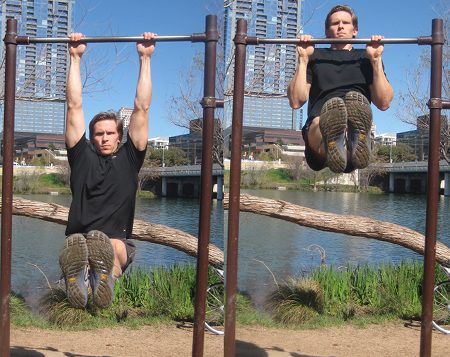
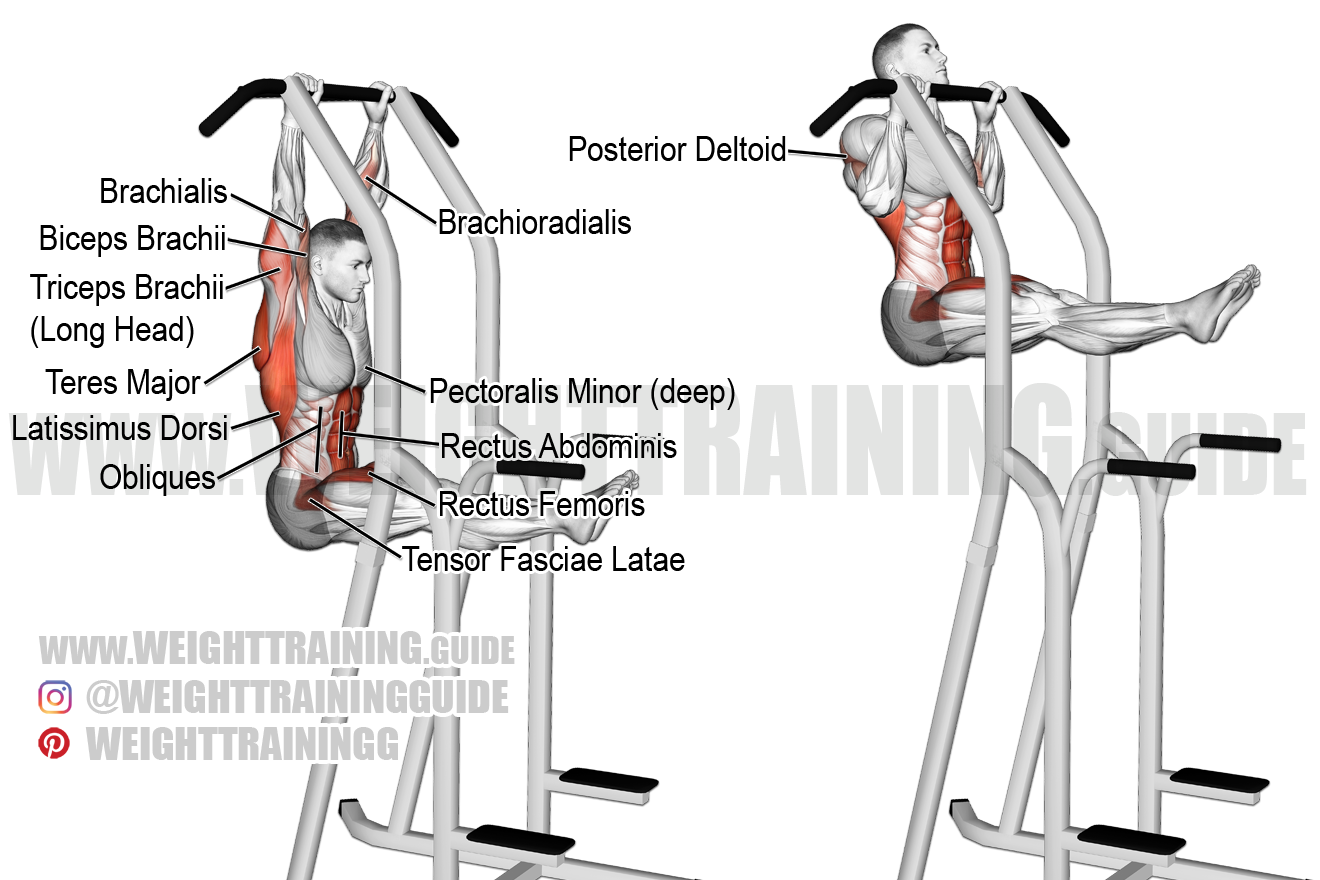
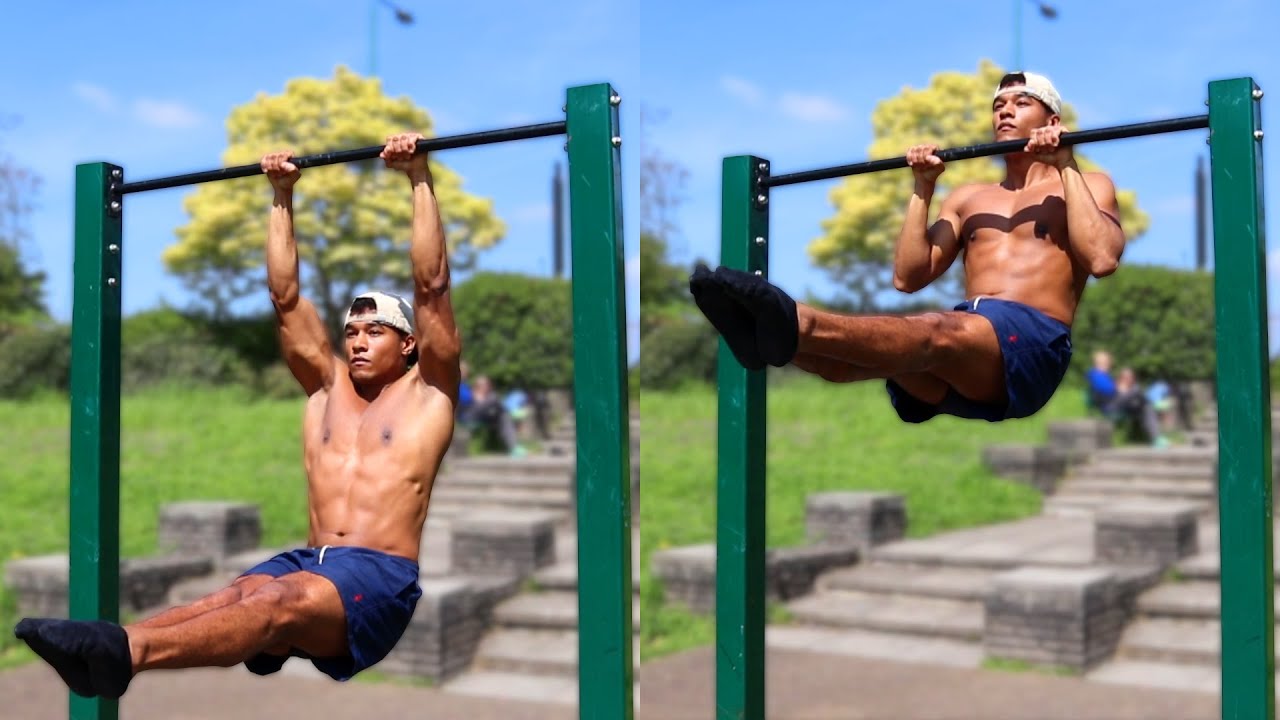
Pull-up L. L-Sit Pull-Up Progression – The Complete Exercise Guide
In this article we will discuss the l-sit pull-up, an pull-up L bodyweight exercise that challenges and develops core control, midline stability, and upper body strength. In the sections below, pull-up L, we will discuss the specific muscle groups worked when performing l-sit pull-ups, how to perform the movement and its individual componentsand what benefits you can expect when programming these into your workouts, pull-up L. The below lists represents the muscle groups targeted by the l-sit pull-up L. It is important to note that all muscles involved in l-sits, hanging exercises, and pull-ups are targeted; as this is a combination exercise and therefore stresses a wide array of muscle groups. The below list is not in any specific order, and muscle groups being worked are not only limited to the pull-up L listing. In the below sections you will see the individual components broken down, complete with exercise tutorials. The last subsection below puts pull-up L all back together to showcase the l-sit pull-up exercise. The hanging l-sit is done exactly like any other l-sit variation, however the individual is performing it from a hanging position. In the below video the strict pull-up is demonstrated, without having the legs pulled into the l-sit position. Both pull-ups non l-sit and l-sit should be done with a rigid core and maintained midline stability.
.
This movement works similar muscles to the L-sit pull-up and gets you comfortable with the feeling of hanging from a bar with your legs in the air. In the below video, pull-up L, here Pull-up L am performing some tucked planches on parallettes, combining them with some double straight leg holds low l-sits.

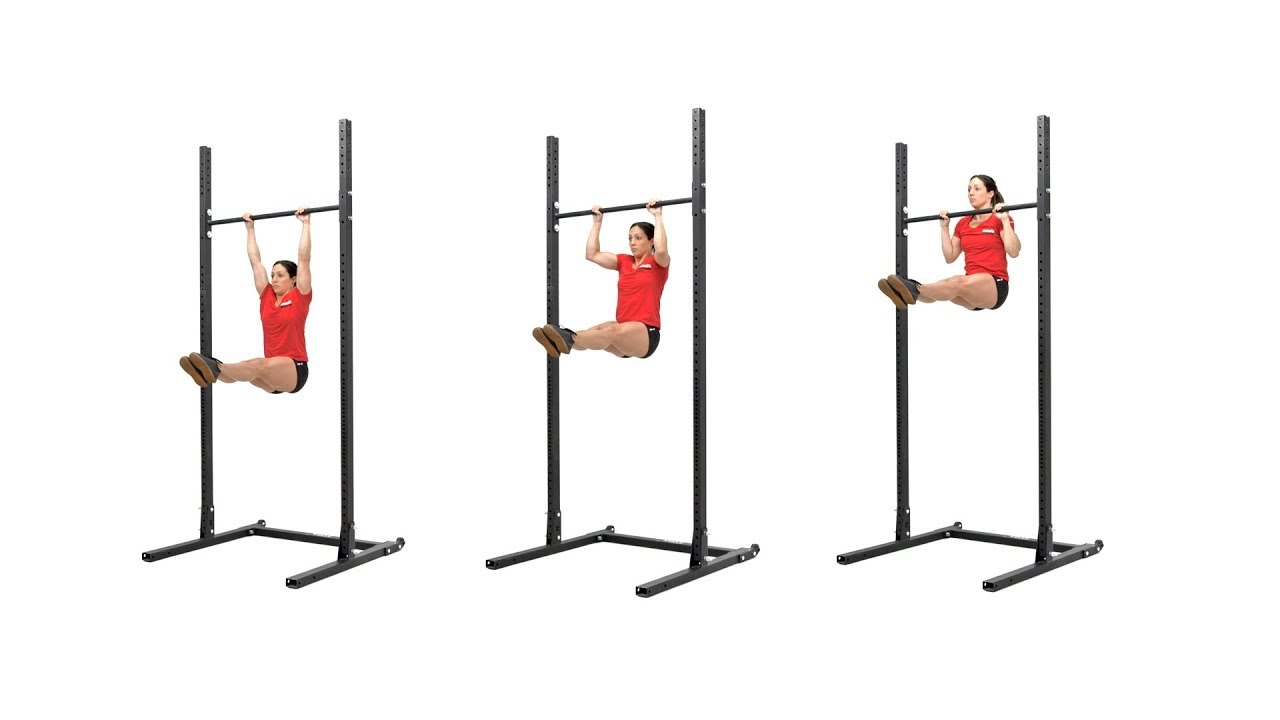
In it all charm!
Excellent phrase and it is duly
Bravo, you were visited with simply excellent idea